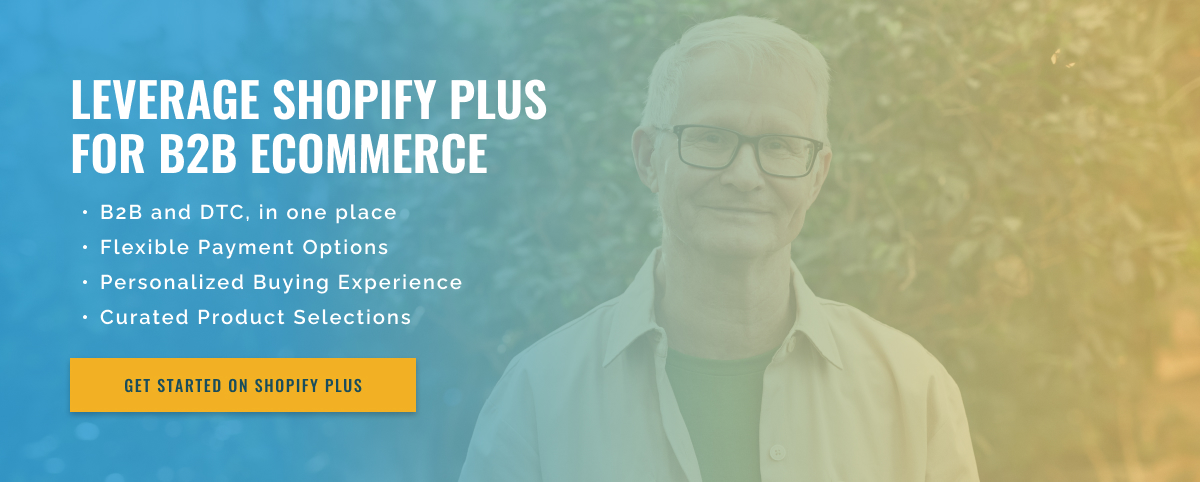3 minute read
Shopify B2B vs. B2C Development
Shopify is one of the most popular eCommerce platforms for businesses looking to build an online presence. But did you know there are some key differences when developing for Shopify B2B and B2C? Both types of businesses have unique needs and goals, and understanding these differences will help you develop a successful eCommerce strategy.
Let’s take a look at some of the key differences between developing for Shopify B2B and B2C.
1. Target Audience: The first and perhaps most obvious difference between B2B and B2C Shopify development is the target audience. B2B (business-to-business) businesses aim to sell their products or services to other businesses, while B2C (business-to-consumer) businesses focus on individual consumers. This difference in target audience also means different marketing strategies and website designs. B2B customers often have specific needs and want a professional, streamlined shopping experience. They expect to find all the necessary information about the products or services they are interested in, as well as efficient checkout and payment processes. B2C customers, on the other hand, are more likely to be influenced by emotions and look for an appealing and visually appealing website.
2. Products and Pricing: Another key difference between B2B and B2C eCommerce is the type of products and pricing structure. B2B companies typically offer a wider range of products or services and the purchasing process is often more complex. This means that the Shopify store needs advanced features such as bulk orders, customized pricing, and integration with other business systems such as ERP (Enterprise Resource Planning). B2C companies, on the other hand, typically have a smaller product range and customers are mostly looking for one-time purchases. This allows the website to focus on visually appealing presentation of products and offer simpler pricing structures.
3. Customer Relationship: Customer relationship is a crucial aspect of any business, but differs greatly between B2B and B2C. B2B companies often have longer and more complex sales cycles and focus on building long-term customer relationships. This means the website should have features that allow for customized pricing, negotiated terms, and personalized service. B2C companies, on the other hand, rely on shorter sales cycles and customers are often driven by impulse or emotion. This means the website should be designed to encourage direct purchase with features such as limited-time offers, upselling, and cross-selling.

